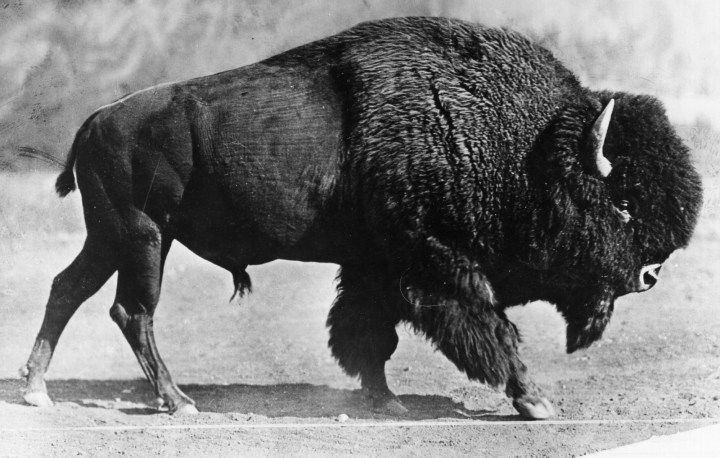
USDA looks at ways to help restore Indigenous foodways

At this month’s White House Tribal Nations Summit, the U.S. Department of Agriculture announced a host of new partnerships and commitments related to Indigenous food sovereignty.
The goal is to promote food security and agribusiness in Indian Country. During the summit, U.S. Secretary of Agriculture Tom Vilsack promised to build stronger relationships with tribal governments and food producers.
“Our programs and priorities have not always reflected Indigenous values, foods and traditional agricultural techniques,” he said.
Advocates for Indigenous food sovereignty say that’s an understatement.
How federal food policy has affected Native people
Carly Hotvedt, who’s a citizen of Cherokee Nation, is with the University of Arkansas’ Indigenous Food and Agriculture Initiative. She said federal policy didn’t just separate Native people from their traditional foodways — those policies forced new practices on them that aren’t healthy or culturally appropriate.
“We were really kind of left up the creek without a paddle in being self-determinative about what our food policies looked like, where our food came from, what our nutritional choices were,” she said.
The USDA is trying to reverse that legacy. Hotvedt said one goal is to hand over management of federal food distribution funds to tribal governments “and really look at investing those dollars into the local food economy, supporting local producers and tribally produced goods.”
Heirloom seed repositories
One USDA effort with the Native American Food Sovereignty Alliance will create new heirloom seed repositories to benefit tribes in the Great Lakes and Southwest regions.
The InterTribal Buffalo Council is another of the USDA’s new partners.
“Well, it’s very important to get buffalo back into our diet and back into the plates of our community members,” said Jason Baldes, who sits on that council’s board and manages the Eastern Shoshone tribe’s buffalo herd in central Wyoming.
During the pandemic, he said the tribe harvested four of those animals and distributed the meat to tribal members in need.
“The tribes have a stronger voice, I think, in some of these decisions in terms of our ancestral foods that have been overlooked and undermined for decades,” Baldes said.
The InterTribal Buffalo Council will help the USDA draft a manual for cattle-producing tribes that want to make the switch to raising buffalo.
There’s a lot happening in the world. Through it all, Marketplace is here for you.
You rely on Marketplace to break down the world’s events and tell you how it affects you in a fact-based, approachable way. We rely on your financial support to keep making that possible.
Your donation today powers the independent journalism that you rely on. For just $5/month, you can help sustain Marketplace so we can keep reporting on the things that matter to you.











